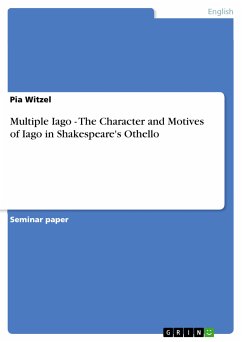Head-movement has played a central role in morpho-syntactic theory, but its nature has remained unclear. While it is widely accepted that the main grammatical constraint controlling head-movement is the Head Movement Constraint (HMC), this constraint is flouted in many of the linguistic structures examined in this book. More specifically, the strictures of the HMC turn out to be sometimes inactive for specific grammars allowing multiple head-movement to take place in particular syntactic contexts. In The Grammar of Multiple Head-Movement, Phil Branigan shows that multiple head-movement is far from rare, forming a part of the grammar in Finnish, in English, in Perenakan Javanese, in northern Norwegian and Swedish dialects, and generally in the Slavic and Algonquian language families. Basing his analysis on a new model of the grammatical parameters which control word formation in the human brain, Branigan shows how careful attention to the contexts in which multiple head-movement takes place allows new generalizations to be identified. And these, in turn, allow a new model to be formulated of how head-movement fits into the overall architecture of grammatical computation. Through careful comparative study, Branigan not only provides a better understanding of head-movement, but also provides new opportunities to address larger questions concerning the architecture of the grammatical system and the theory of linguistic parameters. A new account of how complex words are formed in languages as different as Russian or Innu-aimun, as well as in English, this study deepens our understanding of how languages vary and of the mental computational system of human grammars.
Dieser Download kann aus rechtlichen Gründen nur mit Rechnungsadresse in A, B, BG, CY, CZ, D, DK, EW, E, FIN, F, GR, HR, H, IRL, I, LT, L, LR, M, NL, PL, P, R, S, SLO, SK ausgeliefert werden.




